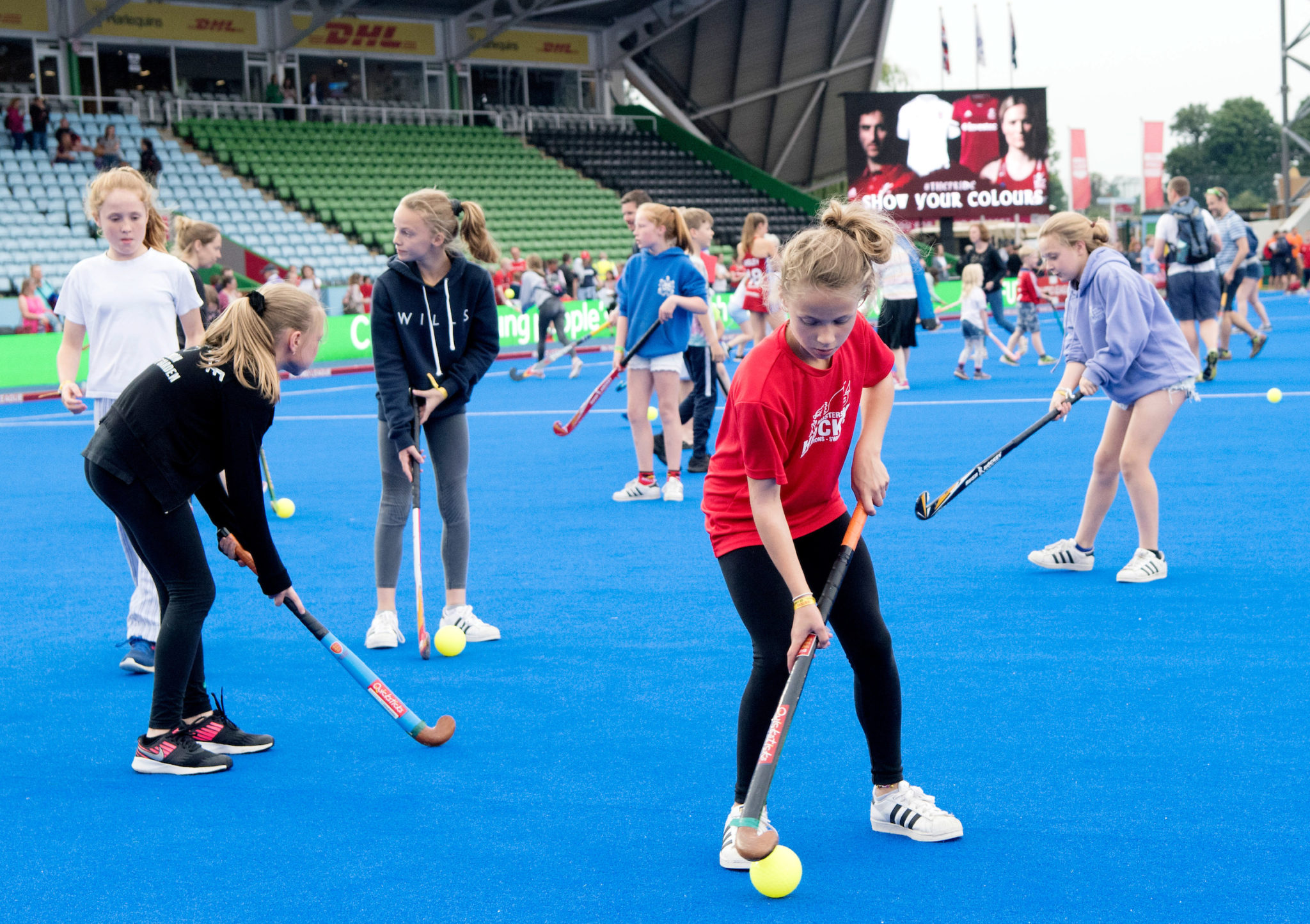Richard Leman, the 1988 Olympic-winner, played in plenty of hockey cauldrons across the globe in his career and was a keen observer at The Stoop as the self-billed ‘Big Stadia Hockey’ took hold.
Back in the day, Leman saw the game transported to the football pitches of Kenilworth Road, Deepdale and Loftus Road. With crowds in the low thousands, Leman says that the blue turf at Twickenham was a “signature occasion” for the sport as fans dwarfed those of 30 years ago at international games at non-hockey stadia.
These truly are heady days for hockey. With the game-changing spectacle at The Stoop and the FIH Pro League finale in Amsterdam showcasing the best in the world over four days, we’ve been well catered for even before August’s EuroHockey Championships take place in Antwerp, a week on the continent which, for those there, is always a wonderful occasion. This is certainly a summer of excess.
But flick your diaries further forward to mid-September when the domestic season kicks off and we will revert back to sparse crowds and the bald facts that the Premier Division is secondary in support, coverage and a desire to support our elite teams.
What the last two summers have shown, starting with the World Cup in London, is the disparity between the international and domestic audiences, with hundreds of families, young boys and girls, attending England and GB games across the country who would give the domestic season a cursory glance. The understandably scant regard for the domestic fixtures are two-fold: they haven’t been released yet and the unexciting domestic product.
But before the domestic doom-mongers nod their head in agreement, these are not problems afflicted only to hockey. May saw the launch of the first Women’s County Cricket Day, which aims to discover the ‘hidden gem’ of watching women’s county cricket and has snatched inspiration from football’s Non-League day, where clubs open their doors to encourage more fans to support their local club.
In some respects, these are all factors associated to The Hockey Paper‘s own Watch Your 1s campaign which we launched in our edition last month and is urging clubs to sign up to, in conjunction with England Hockey’s HockeyFest.
Ask some of the top players for their views on the domestic game and there is clearly a passion for the league, despite, in some cases, years of making the choice to play without pay.
“Hockey has great participation but we are missing a trick,” says Olympian and Old Georgians’ James Tindall. “There is a disconnect but it can’t be the sport as people love it and are intrigued. People want to watch it but we need to push it and promote it more. You package the sport and put it up against other sports and it will come out on top most of the time.”
The quest to find a consistent support base will perhaps never be reached in hockey due to the non-tribalism of the sport.
Meanwhile, cricket and football are looking to increase their own fan base. The England and Wales Cricket Board (ECB) is disbanding the women’s Kia Super League, with eight semi-pro teams – which are likely to be region-based rather than counties – introduced from next summer in the T20 ahead of the 100-ball overhaul.
The success of the England Lionesses at the women’s World Cup will also likely see clubs look to bring their club sides further into the spotlight, and the Football Association already looking for a participation increase (90 per cent of all schools to offer football to girls by 2024), which could blight numbers in hockey and netball.
As England Hockey chief executive Sally Munday accepts, “there is a challenge with the top end of the domestic game and how it sits alongside the international game.”
The news, reported in our last print issue, that Harlequins RFC sees its partnership with England Hockey as “long term” is an enticing one for both sports. While Leman praises England Hockey and the enormity of bringing the recent double headers to life, thanks to government quango Sport England and other backers, he did raise questions over the future business case of the initiative.
Talk soon turned to how the likes of Wasps RFC have connected with other sports to forge its own club franchise in the Netball Superleague, concepts which have seen Saracens and Leeds Rhinos, the rugby league side, also conceive clubs. “What is the future now [for hockey]?” says Leman in the Stoop aftermath.
The Olympian believes there should be a serious debate on whether hockey clubs could indeed be branded alongside rugby clubs and a consideration towards a franchise-based system. Of course, this wouldn’t be a first for the sport with the Great Britain Super League running for six years up until 2012.
The Stoop may have been a double header the like never seen before in the UK. But it has also ushered in questions on the sport’s future away from the international game. One that hockey should not shy away from.







